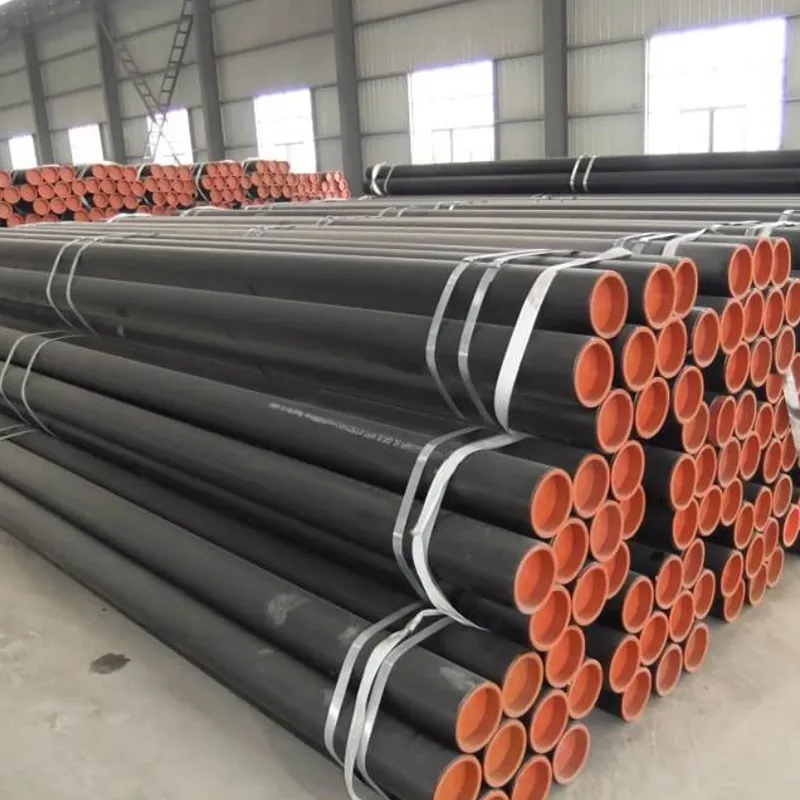-
Cangzhou Yulong Steel Co., Ltd.
-
Phone:
+86 13303177267 -
Email:
admin@ylsteelfittings.com
- English
- Arabic
- Italian
- Spanish
- Portuguese
- German
- kazakh
- Persian
- Greek
- French
- Russian
- Polish
- Thai
- Indonesian
- Vietnamese
- Zulu
- Korean
- Uzbek
- Hindi
- Serbian
- Malay
- Ukrainian
- Gujarati
- Haitian Creole
- hausa
- hawaiian
- Hebrew
- Miao
- Hungarian
- Icelandic
- igbo
- irish
- Japanese
- Javanese
- Kannada
- Khmer
- Rwandese
- Afrikaans
- Albanian
- Amharic
- Armenian
- Azerbaijani
- Basque
- Belarusian
- Bengali
- Bosnian
- Bulgarian
- Catalan
- Cebuano
- China
- China (Taiwan)
- Corsican
- Croatian
- Czech
- Danish
- Esperanto
- Estonian
- Finnish
- Frisian
- Galician
- Georgian
- Kurdish
- Kyrgyz
- Lao
- Latin
- Latvian
- Lithuanian
- Luxembourgish
- Macedonian
- Malgashi
- Malayalam
- Maltese
- Maori
- Marathi
- Mongolian
- Myanmar
- Nepali
- Norwegian
- Norwegian
- Occitan
- Pashto
- Dutch
- Punjabi
- Romanian
- Samoan
- Scottish Gaelic
- Sesotho
- Shona
- Sindhi
- Sinhala
- Slovak
- Slovenian
- Somali
- Sundanese
- Swahili
- Swedish
- Tagalog
- Tajik
- Tamil
- Tatar
- Telugu
- Turkish
- Turkmen
- Urdu
- Uighur
- Welsh
- Bantu
- Yiddish
- Yoruba

Dec . 01, 2024 17:19 Back to list
Understanding the Importance of Tapped Blind Flanges in Piping Systems
Understanding Tapped Blind Flanges
A tapped blind flange plays a crucial role in various piping systems, serving as a vital component in fluid and gas containment applications. It is a type of flange that is designed to close off the end of a piping system, while also allowing for future access through a tapped hole. This unique design provides both versatility and functionality, making it an essential part of industrial and commercial piping projects.
What is a Tapped Blind Flange?
A tapped blind flange is essentially a blind flange—used to seal the end of a pipe or vessel—equipped with a threaded hole (or tap) drilled into its center. This tap allows for the connection of additional equipment, such as pressure gauges, vents, or sampling devices, without having to dismantle the entire assembly. Blind flanges themselves are typically solid and do not have a central bore, making them ideal for sealing off systems that do not require a passageway for fluids or gases.
Applications of Tapped Blind Flanges
Tapped blind flanges find utility in various applications across multiple industries. Common uses include
1. Oil and Gas In the oil and gas sector, tapped blind flanges can be used to access and monitor pressure, temperature, and flow rates within pipelines without interrupting the transport of materials. 2. Chemical Processing In chemical plants, these flanges can be utilized for sampling and testing chemical reactions safely and efficiently, allowing for continuous operation of the plant.
3. Water Treatment In water treatment facilities, tapped blind flanges enable operators to install instruments that measure flow rates and analyze water quality without disrupting the water supply.
4. HVAC Systems In heating, ventilation, and air conditioning systems, tapped blind flanges facilitate the monitoring of air pressure and flow, enhancing system efficiency and safety.
Benefits of Using Tapped Blind Flanges
The incorporation of tapped blind flanges offers several advantages in piping systems
- Versatility The ability to access the system without disrupting flow allows for flexibility in ongoing monitoring and maintenance activities.
tapped blind flange

- Cost-Efficiency By eliminating the need for additional fittings or valves for pressure and flow monitoring, tapped blind flanges can reduce installation costs and increase space efficiency.
- Safety These flanges provide a safe way to introduce measurement and sampling equipment into a pressurized system while ensuring that the integrity of the system is maintained.
- Ease of Use Maintenance and monitoring personnel appreciate the convenience that tapped blind flanges provide, as they can easily connect or disconnect measurement tools as needed.
Installation and Maintenance Considerations
When it comes to installing tapped blind flanges, it is essential to consider the following
1. Material Selection The material of the tapped blind flange should match the piping system to resist corrosion and withstand the operating conditions, such as high temperatures and pressures.
2. Tapping Size and Thread Type The size of the threaded hole must correspond to the required instrument or fitting. Care should be taken to choose the appropriate thread type (e.g., NPT, BSP) to ensure a secure connection.
3. Proper Torque When installing the tapped blind flange, ensure that the bolts are tightened to the manufacturer's specifications to prevent leaks and maintain structural integrity.
4. Regular Inspections Periodically inspecting the flange and associated fittings can help identify wear or damage before they lead to system failures.
Conclusion
In conclusion, tapped blind flanges are invaluable components in many industrial applications, offering a practical solution for closing off pipes while allowing for future connectivity. Their versatility, cost-effectiveness, and safety features make them a preferred choice for engineers and maintenance personnel alike. By understanding their applications and benefits, organizations can effectively enhance their piping systems, ensuring reliable operation and maintenance. As industries continue to evolve, the design and usage of tapped blind flanges will undoubtedly adapt to meet new challenges and innovations in fluid management.
Latest news
-
ANSI 150P SS304 SO FLANGE
NewsFeb.14,2025
-
ASTM A333GR6 STEEL PIPE
NewsJan.20,2025
-
ANSI B16.5 WELDING NECK FLANGE
NewsJan.15,2026
-
ANSI B16.5 SLIP-ON FLANGE
NewsApr.19,2024
-
SABS 1123 FLANGE
NewsJan.15,2025
-
DIN86044 PLATE FLANGE
NewsApr.19,2024
-
DIN2527 BLIND FLANGE
NewsApr.12,2024
-
JIS B2311 Butt-Welding Fittings LR/SR 45°/90° /180°Seamless/Weld
NewsApr.23,2024











